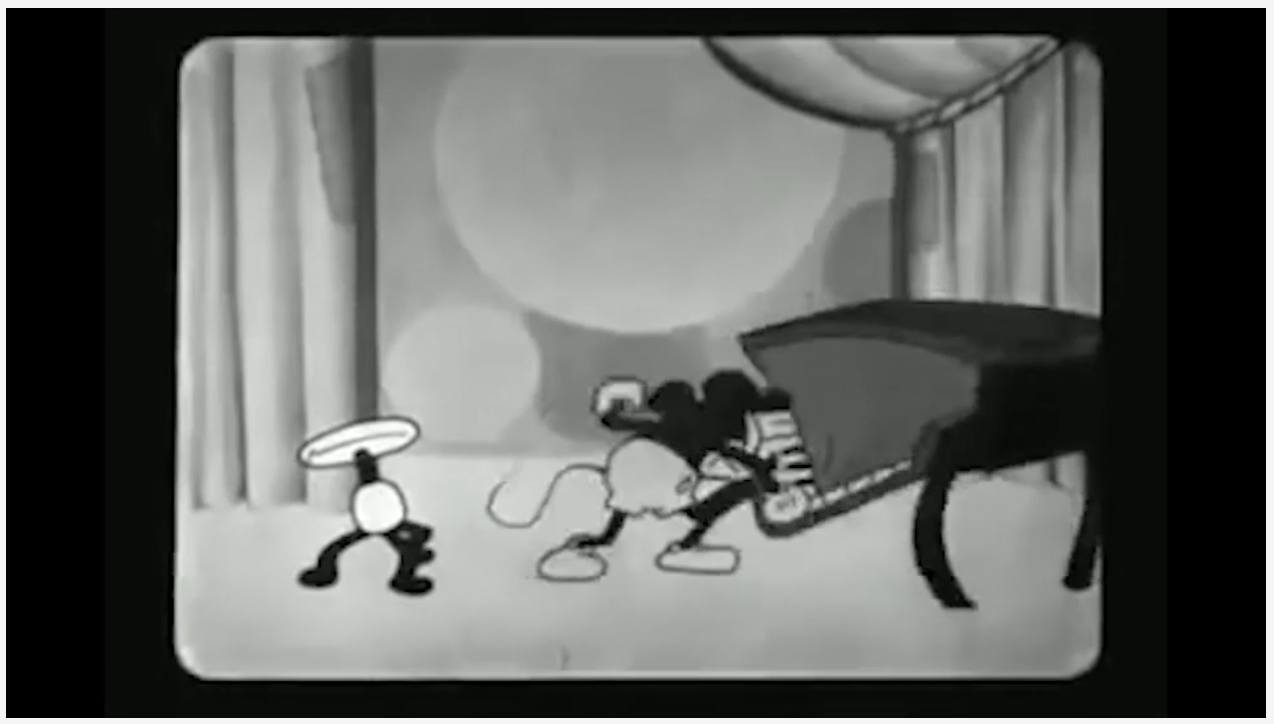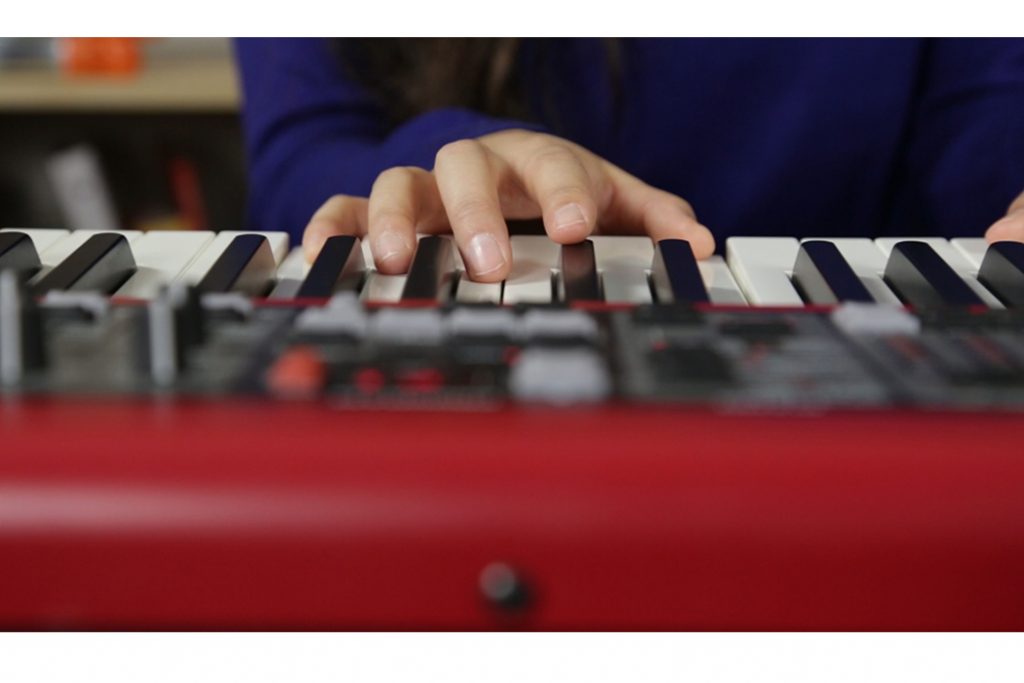+ Take your modern jazz piano and hip-hop beat making to new heights with Soundfly’s new course, Elijah Fox: Impressionist Piano & Production!
It’s definitely impressive when a virtuoso plays a million notes at 300BPM. It’s exciting, and performances like that get our hearts racing…. at first. But let’s be honest, after a while, it sounds pretty tedious.
When I first learned to play Claude Debussy’s “Sarabande” (“Pour le piano, L. 95-2”), I tried to treat it like some of the sonatinas and inventions I learned when I was younger.
I practiced with a metronome, proudly raising the BPM a couple clicks every day. At the end of about a month, I played it for my teacher in strict rapid time. When the piece was done, I sat back and waited to be praised. But my teacher just shook her head and said:
“You aren’t letting the notes breathe.”
Vocalists, wind players, and horn players all have to take breaths between phrases. Keyboardists don’t really have to worry about this. So space doesn’t always feel as natural for us, but it’s still important to vocalize our sound.

Don’t forget most great melodies are singable. This means, as a composer or improviser, you should try to avoid large leaps when possible. And as my former piano teacher pointed out, it also means letting your notes breathe.
When I practice, I often sing along. If my lungs need air, so do my fingers. I find that the shift between busy passages and long pauses or sustains, makes my playing much more intense and impacting.
+ Learn how to marry theory, improvisation, and beat making to become a better pianist and producer, with Grammy-winner Kiefer’s Keys, Chords, & Beats.

Bill Evans is the ultimate example of a soloist and composer who knew how to use space to his advantage.
And before him, Romantic and 20th century musicians like Debussy, Chopin, and Ravel made excellent use of long sustains and pauses.
Using space is a pretty intuitive skill, worth getting into a habit around while you practice. But here are two big things to think about:
- Sing while you play. This is always helpful, but it’ll particularly come in handy as you learn to deal with space
- One of the best ways to effectively use space is to create contrast by balancing silence and sound.
Focus in on what you’re doing, and try to play freely and expressively. Singing along and letting the notes breathe will help you improvise with more space, and more open-ended dynamics.
Play Your Heart Out!
Continue your learning adventure on Soundfly with modern, creative courses on songwriting, mixing, production, composing, synths, beats, and more by artists like Kiefer, Kimbra, Com Truise, Jlin, Ryan Lott, RJD2, and our newly launched Elijah Fox: Impressionist Piano & Production.




